7 incredible stops around Iceland
Iceland‘s incredible vistas and experiences are best explored on a circumnavigational cruise, such as the one offered by National Geographic Explore/Lindblad. This exclusive circular itinerary on a smaller ship provides a unique and privileged insight into what makes Iceland. With access to smaller ports and fjords unavailable to larger ships, each day brings a new adventure. The added comfort of returning to the same lodging every night ensures an exceptional experience. These seven stops will give any traveler a privileged sense of Iceland.


Reykjavik: Blue Lagoon
Before or after your voyage, the most impressive geothermal bath experience is the Blue Lagoon. Multiple soak options in the blue-lit water are the prime attraction. Your level of access and pampering spans primary access to the whole spa experience. The spiffy bracelet system gives you access to your locker, drinks, dining and other amenities with a wave of the hand. With four dining options, this is easily a day-long experience. The Lava Restaurant, the all day dining stop of the four eateries, combines upscale dishes like Arctic charr with cucumber, horseradish, and Greek yogurt in a volcanic setting. Moss, a Michelin-starred eatery for evening dining, has it’s own wine cellar deep in the lava rock. Can’t get enough in just one day? Stay the night at their exclusive Retreat hotel with a private lagoon.
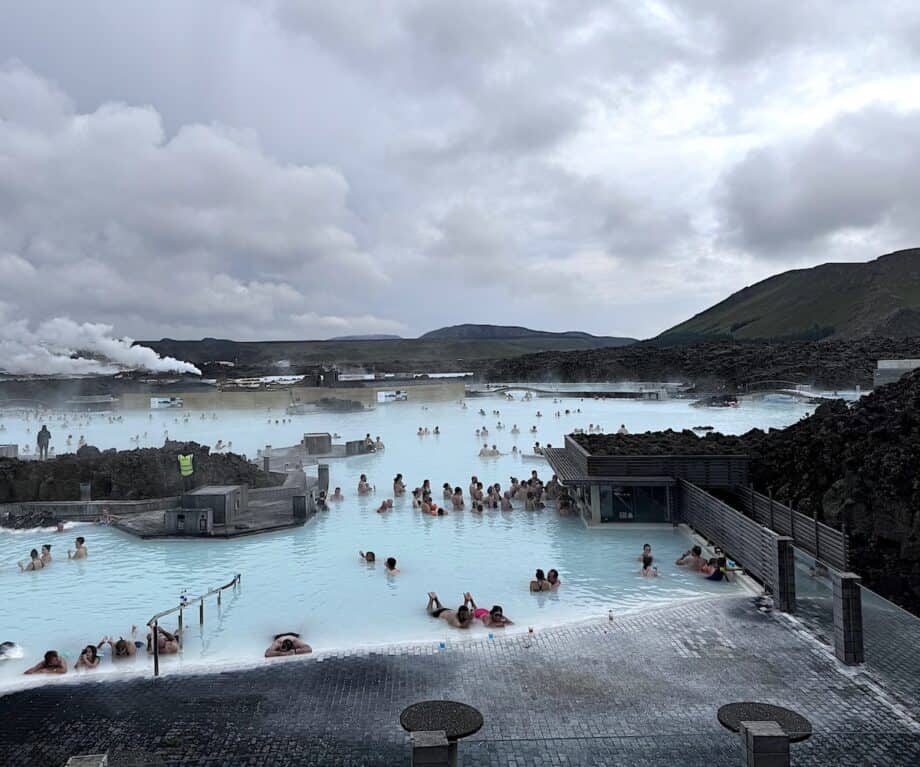

Westfjords: Vigur Island & Eider Down
Here, the fjords are quiet and peaceful. The world-renowned eider down comes from Vigur island in this region. The birds leave the down off their chests to warm their eggs, and upon hatching, the down is discarded, then collected, and processed. Felicity Aston, one of the island’s farm owners, is the only woman who can ski solo across the Antarctic. She is more than used to the hardy life of Iceland.
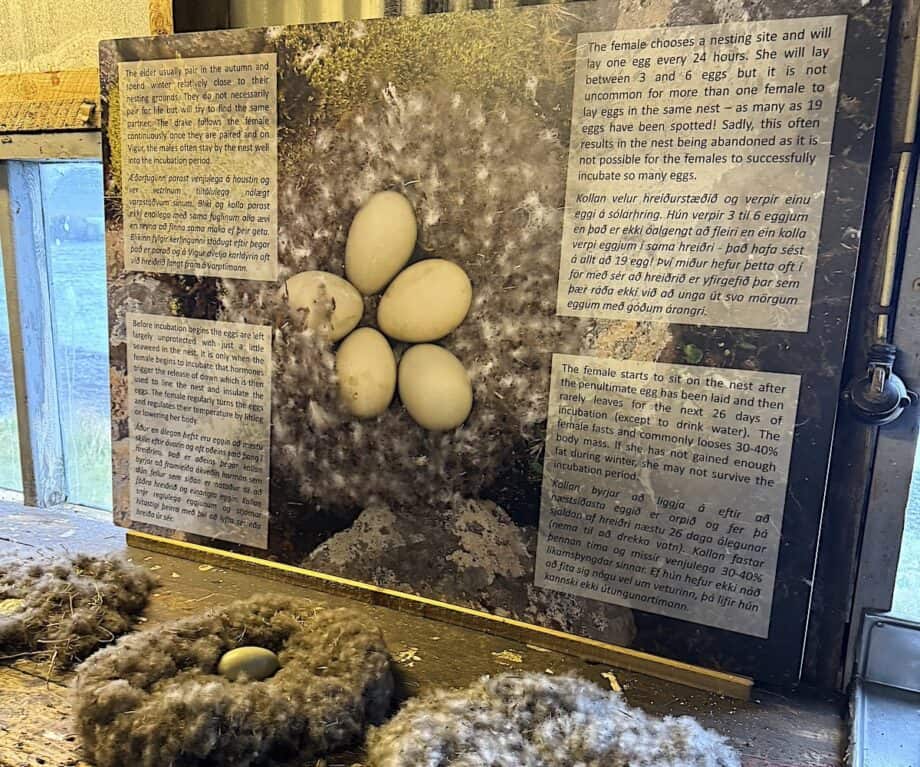

Siglufjodur: Herring and forestry
The northernmost main settlement in Iceland was the center of the once-thriving herring fishing and processing industry. A set of museum buildings and live demonstrations chronicle the herring industry from 1903 to 1968 when it ceased operation. Iceland does not have very many trees. Siglufjordur has a local forestry association that furthers the forestry movement and conservation by adding trees.
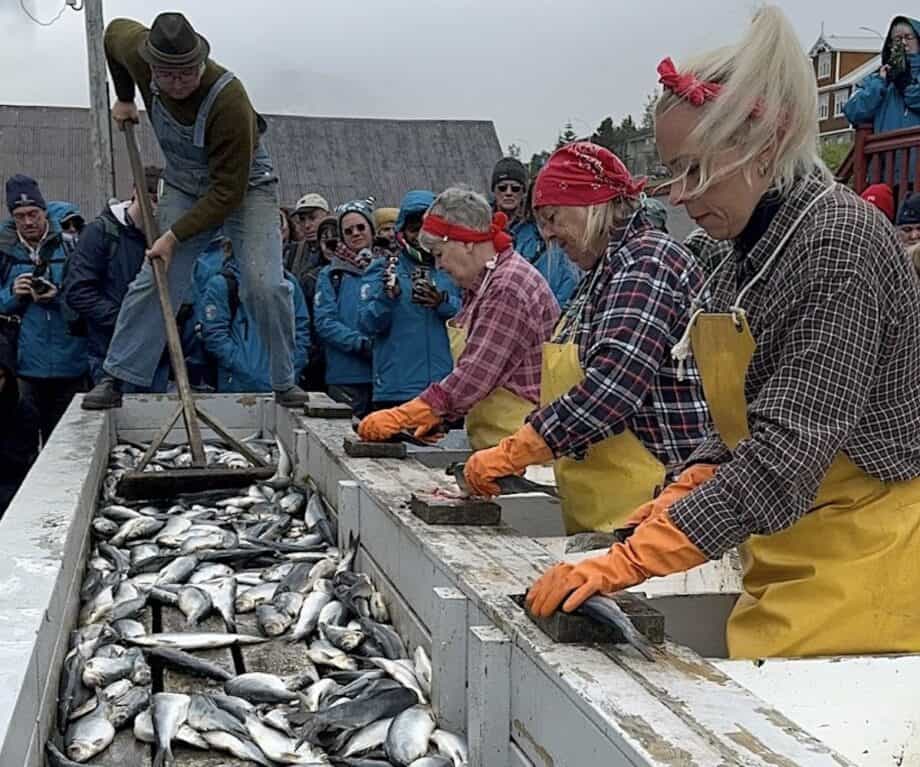

Everything you need to plan your trip in 2024
Husavik: Geological exploration
The site of the first house built in Iceland, Husavik is the gateway to exploring northern Iceland’s geology and landscape. Trek to one of the largest waterfalls in Iceland, Gooafoss. More aqua wonder awaits at Lake Myvtan. The Whaling Museum chronicles a fascinating history of whaling.
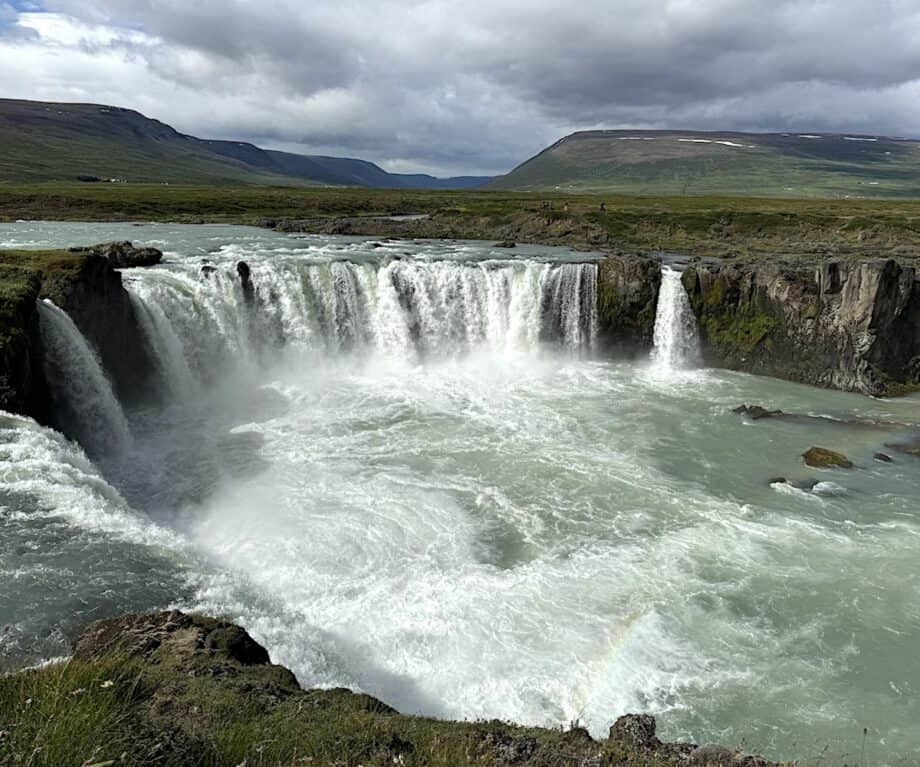

Grimsey: The Arctic Circle
This tiny island is the northernmost part of Iceland and sits on the Arctic Circle. As the magnetic pole shifts a little bit each year, the precise location is marked with a giant stone ball, noting the magnetic shift to that current spot. Birds, such as Puffins, make this island home, as it is the only land for miles.
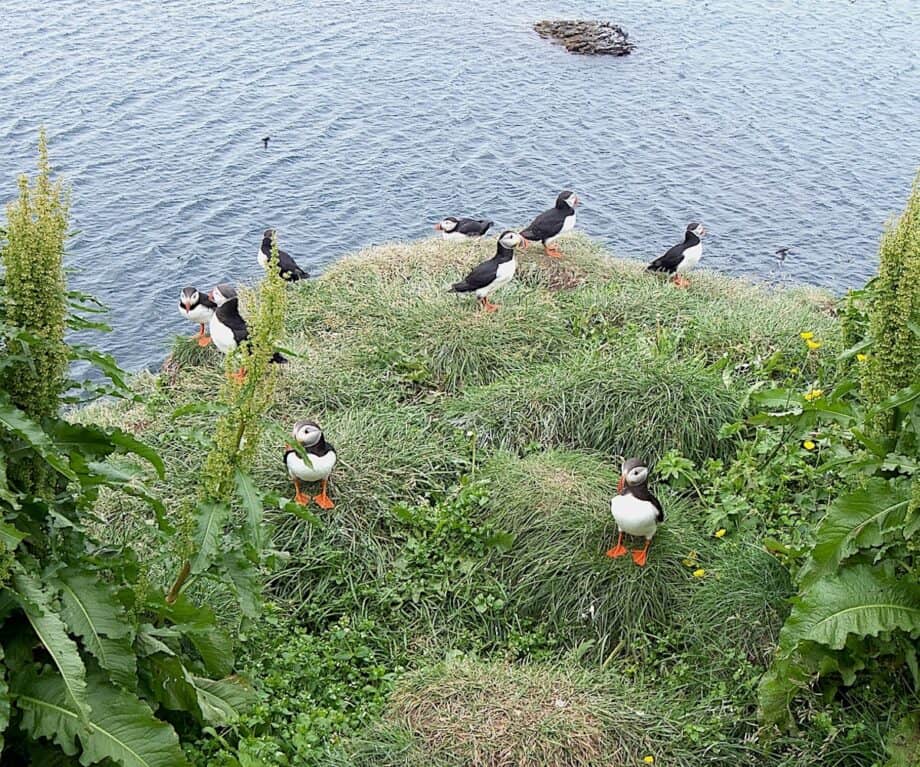

Djupivogur: Vatnajokul ice cap and icebergs
As one arrives in southern Iceland, black sand beaches await. Go to the foot of the vast Vatnajokull icecap and then continue on to the icy lagoon of Jokulsarlon. Further exploration is available by 4 x 4 vehicles to more remote valleys and waterfalls.
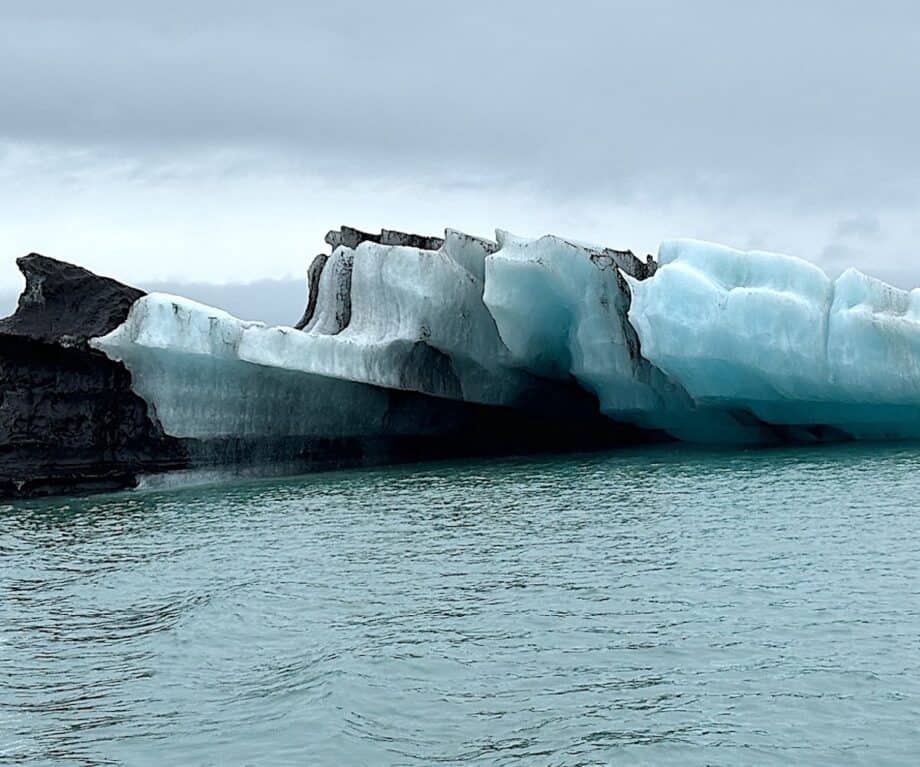

Westmann Islands: Surtsey Island
These islands were formed by undersea volcanos 10,000 years ago. The most recent lava crater on Westmann is an easy hike, and the earth is still hot from underground activity. Surtsey popped up from the sea in 1963, with its birth documented on film, and is now a UNESCO Heritage Site.


Did you enjoy this article?
Receive similar content direct to your inbox.
Please enable JavaScript in your browser to submit the form


